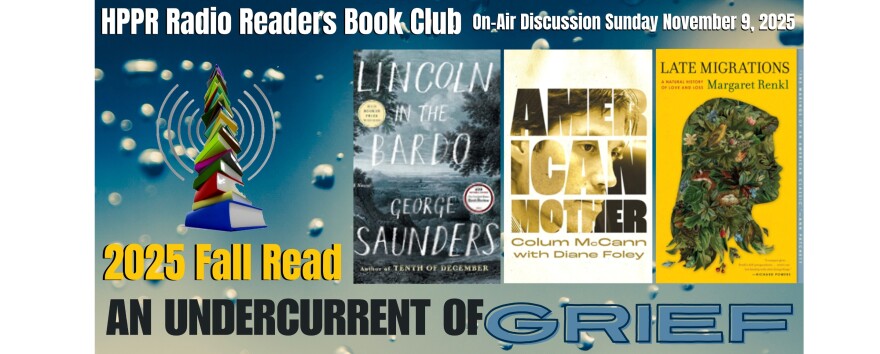I'm Alan Erwin for HPPR Radio Readers Book Club
Hi, I'm Alan Erwin from Amarillo and I've been reading Persepolis, by Marjane Satrapi. Marjane is an Iranian artist, author and director.

Persepolis is a graphic novel about Marjane’s life from age 10 to 24. A time of revolution and war in Iran. The book's mostly uncomplicated black and white artwork propels the story in a way that is sometimes very humorous and at other times just horrific.
Persepolis is both a place and an idea. A real city of ancient Persia, it was used primarily for ceremonial functions. One important ceremony was the celebration of the new year. A new year celebration is a time of reflection on the past and anticipation of what lies ahead. As the title of the book, I think Marjane is making the same statement. She is examining her earlier life growing up in Iran and looking towards the future she envisions as an adult.
When Marji was 10 years old, her country went through a revolution. Under the Shah, political prisoners were imprisoned, tortured and executed. The Shah's regime was defeated and a new, religious fundamentalist power structure was installed. Under this new regime political prisoners were imprisoned, tortured and executed in numbers far greater that under the Shah.
It is important to note that the extremists’ government was installed under accusations of voter fraud and intimidation. While a majority of the population did not support such extremism or think it possible, they remained quiet and, thus, allowed the ideal of their democracy to become so corrupted. It is not unusual in history for the silent majority to allow a radical, vocal minority to seize control.
Although Iran was a Muslim country before the revolution, this new Iran became a theocracy.
Women were now restricted in ways not seen before. They were wearing the veil, restricted in their clothing, even down to how much hair or forehead they could show in public. These rules were applied almost exclusively to women.
Less than a year after the Revolution of 1979, Iraq invaded Iran and so began the Iran-Iraq war.
As the war progressed, life became darker. Casualties mounted. Young girls, now wearing the veil, were taught to beat their breasts as a show of mourning for the martyrs.
Young boys were taught that being a martyr was a noble and worthy aspiration. Even the mothers of these children believed in the noble cause of their slaughter. Martyr is just another word for dead.
Life became more difficult and dangerous as the war continued. Marji's parents sent her to school in Vienna in 1984.
In Vienna Marji was no longer a child. What did she believe and who is the woman this child would become?
Growth is not a straight line and the past does not easily give up to the future. It seems we are always someplace between who we were and who we are trying to become. In 1988, after hitting bottom in Vienna and living on the street, Marjane returned home to Tehran and her family.
This was not the Iran she left as a child of 14. The Iraq war had ended, but the Guardians of the Revolution were still in control of daily life. Back on came the veil.
This was not totally pre-revolution Iran or wartime Iran. As time and events had progressed, this Iran was something unexpected.
Marji was disillusioned. The people she knew were shallow and vapid. The Iran of public extremism and private westernization was not the Iran she had known, nor could imagine it being the Iran she missed. Marjane knew that she had been too Iranian for Europe, but she was now too European for Iran.
Her beloved Iran had changed in ways unimaginable to that 10-year-old girl. Now, at 24 years old, she had changed in ways that were unimaginable all those years ago. She left Iran for school in France and whatever future that might bring.
I'm Alan Erwin for HPPR Radio Readers Book Club.









